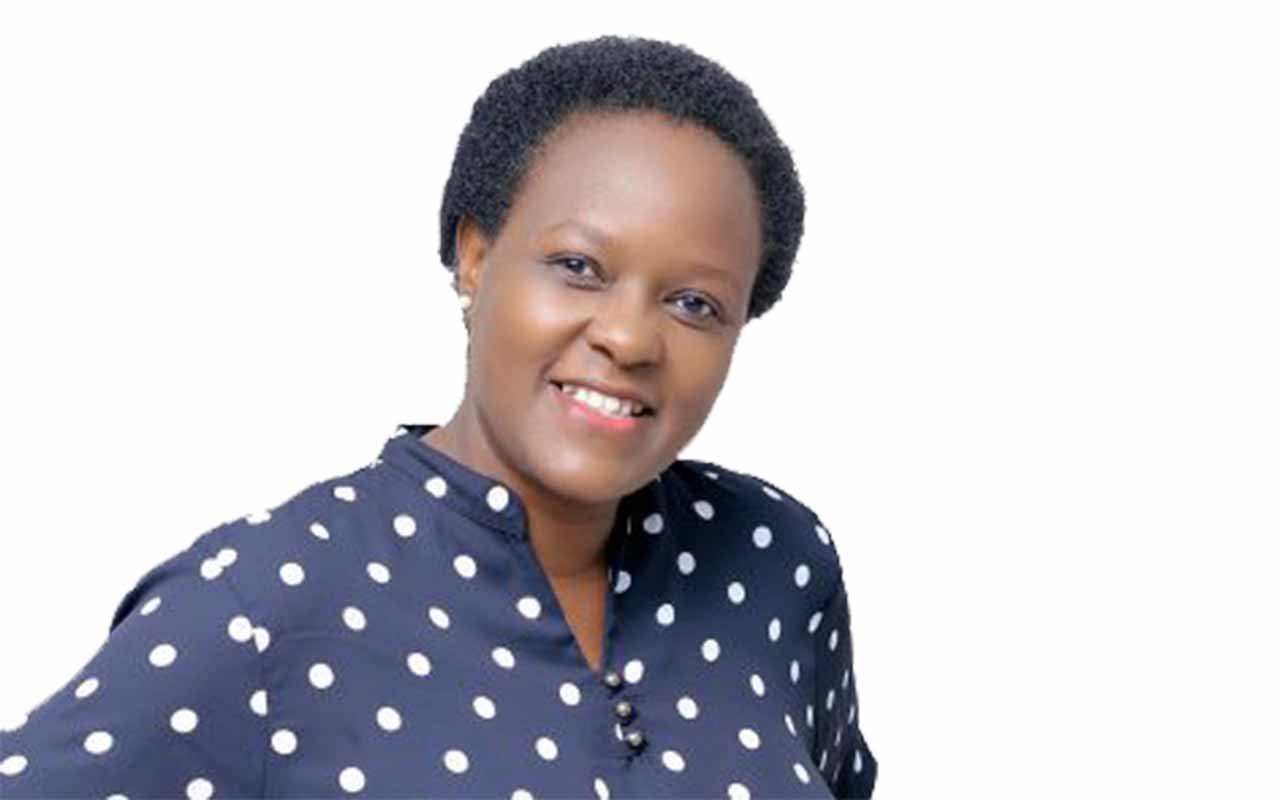Violence: From Bush War heroes to ordinary ruffians
What you need to know:
- Confusing. When President Museveni proudly claimed the title of “Sabalwanyi”, the chief among fighters, it was in the dignified context of a liberating revolutionary. But I suppose we can all understand when the goons serving a dead revolution confuse the barbarism of ruffians with the (mythical or extinguished) nobility of liberators.
Think of a Ugandan mixed secondary school. It could be a cheap noisy urban day school or a more sedate boarding outfit lying in the breezy environs of a leafy countryside. Most of the students are aged between 13 and 19.
The youngsters have their generalised goals and individual peculiarities. Some are top classroom and exam performers; some are slow learners.
They have their heroes and their villains; not only among themselves, but also in the real world and in fictional accounts beyond their immediate experience. They would have probably watched the real Chuck Norris on their home TV screens before your grandpa heard the jokes about MTN’s Bosco.
Naturally, they have their little school beauties, whom the bigger boys both worship and disparage at roughly the same rate as the admirers present themselves and are rejected.
Just as naturally, the school has its bullies and its toughies; the boys who mete out painful lessons on the body or explode in fist fights, depending on their assessment of the provocation. If your physical resources are rather limited, and mischief is your trade, you cross them at your peril.
Yet, even in this group of tough guys, there is sometimes a youth so feared because of his physical prowess – and possibly his short temper – that he earns a title or nickname marking him out as lord of the fighters: “Ssekkonde”, “Kawuula”, “Tyson”… or even “Sabalwanyi”.
It is a rather dubious reputation. Most of the school children would not be able to separate the emotions of respect and hatred in their relationship with the lord. Not many would look up to him as their mentor or even their protector.
Most of the teachers would barely tolerate their warlike young charge, watching him closely as a dangerous presence they would have been grateful not to have in their institution.
They generally would not make him head prefect, and some would want him expelled at the earliest opportunity.
Most parents would grudgingly accept that their son was an unfortunate misfit who would have made them happier if he had been blessed with a less aggressive temperament.
However, under NRM virtual military rule, the characterisation of an individual as a fighter has been made respectable. In the NRM’s early days, of course, there was an obvious qualification, but now it looks like the savage indiscriminate violence of State-employed ruffians is also claiming the same respect.
As the familiar narrative goes: such were the extra-judicial excesses under different regimes up to the early 1980s, not to mention the blatantly rigged 1980 general election, an armed rebellion to liberate the country became necessary.
A moral purpose therefore made the Bush War fighters different from the ruffians who terrorise their schoolmates.
When President Museveni proudly claimed the title of “Sabalwanyi”, the chief among fighters, it was in the dignified context of a liberating revolutionary.
But I suppose we can all understand when the goons serving a dead revolution confuse the barbarism of ruffians with the (mythical or extinguished) nobility of liberators.
The warped savages who have been beating up, torturing and killing citizens in different parts of the country probably think they are heroic figures working to save a challenged but living revolution.
Similarly, even if slow with books, whenever his fury rises, the schoolboy who has gone “Tyson” also thinks the ground where he walks is the top of the world. He feels he is a higher man – albeit young – championing his brand of justice in a crowd of despised weaklings.
Mr Tacca is a novelist, socio-political commentator.
[email protected]




